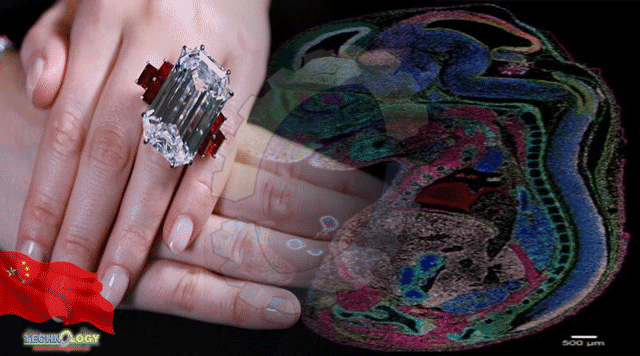A group of international researchers led by Chinese scientists has produced panoramic cell maps of mice, small fruit flies and zebrafish.

A group of international researchers led by Chinese scientists has produced panoramic cell maps of mice, small fruit flies and zebrafish, which are non-human species used in biomedical research to mimic aspects of a biological process or disease found in humans.
These life atlases could help examine the cellular dynamics of organisms at different developmental stages, and provide potentially significant new information for disease treatment, development and aging, and biological evolution, according to the research papers published recently in journals Cell and Developmental Cell.
The scientists used a technology called Stereo-seq, developed by Shenzhen-based BGI-Research, to amplify small fragments of DNA into larger samples and take their pictures with a resolution of 500 nanometers and a panoramic centimeter-level field of view, according to the study.
In one experiment, they examined the early embryonic development of mice, in particular from 9.5 to 16.5 days during which embryonic development is occurring at a fast rate.
This is the first time scientists have produced a series of high-definition maps, showing the precise location of the roughly 300,000 cells from the day 16.5 embryo.
The team of researchers carried out similar embryonic research with the zebrafish which has a gestation period of only 24 hours, and also produced a 3D model of the cellular map of the small fruit fly Drosophila.
“We now have a technology to map a panoramic atlas of every cell in an organism, according to their individual biomolecular profiles, in space and over time,” said Liu Longqi with BGI-Research, one of the corresponding authors of the papers.
Identifying the characteristics of specific cells within a tissue has significant applications in understanding which cells are causes or indicators of disease, potentially leading to future gains in human disease research, according to the researchers.
“Demonstrating that this technology can pinpoint certain cells which indicate future disease will be critical for diagnostics and therapeutics for a number of conditions,” said co-corresponding author Xu Xun, director of BGI-Research.
This news was originally published by Xinhua.